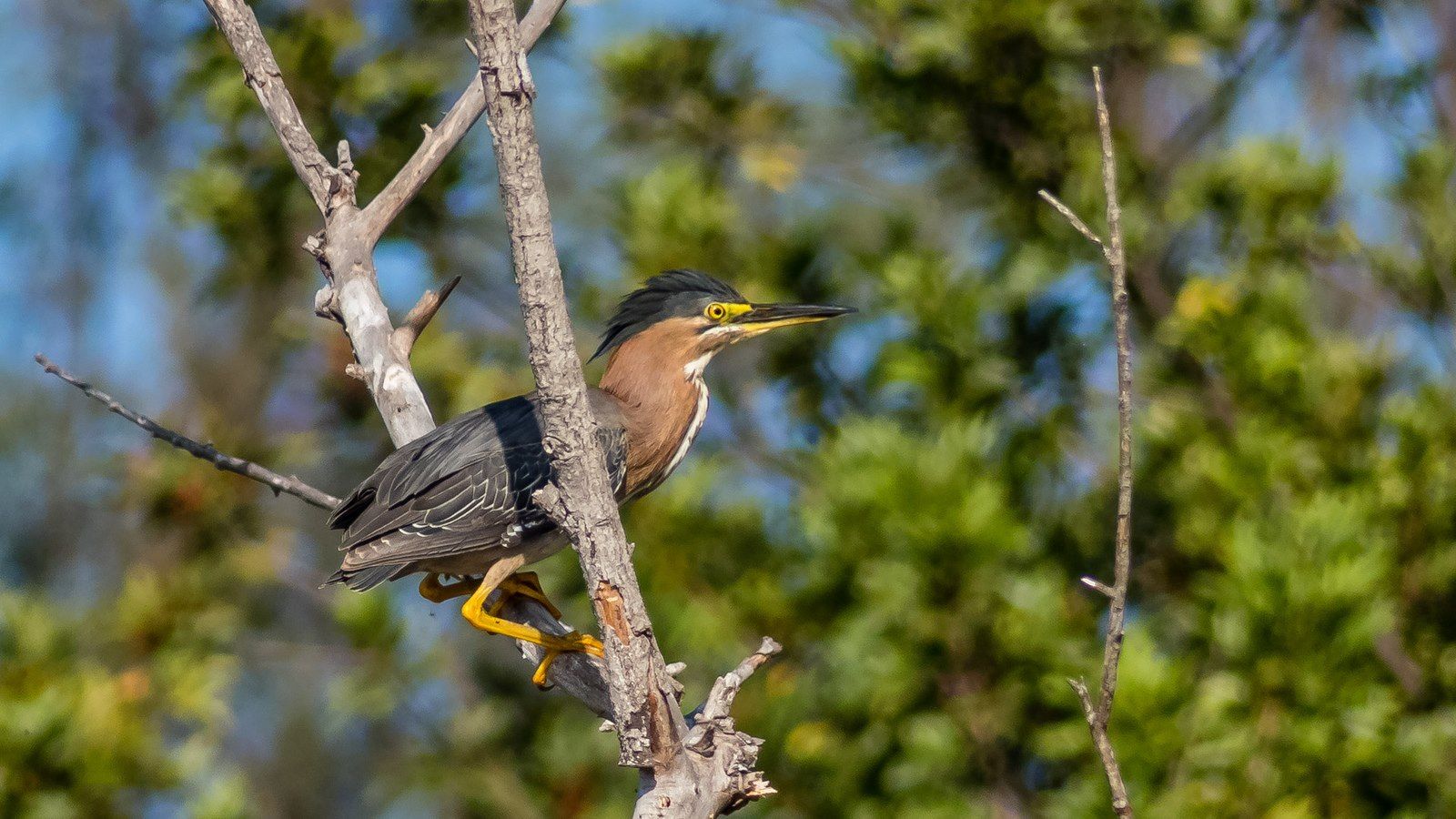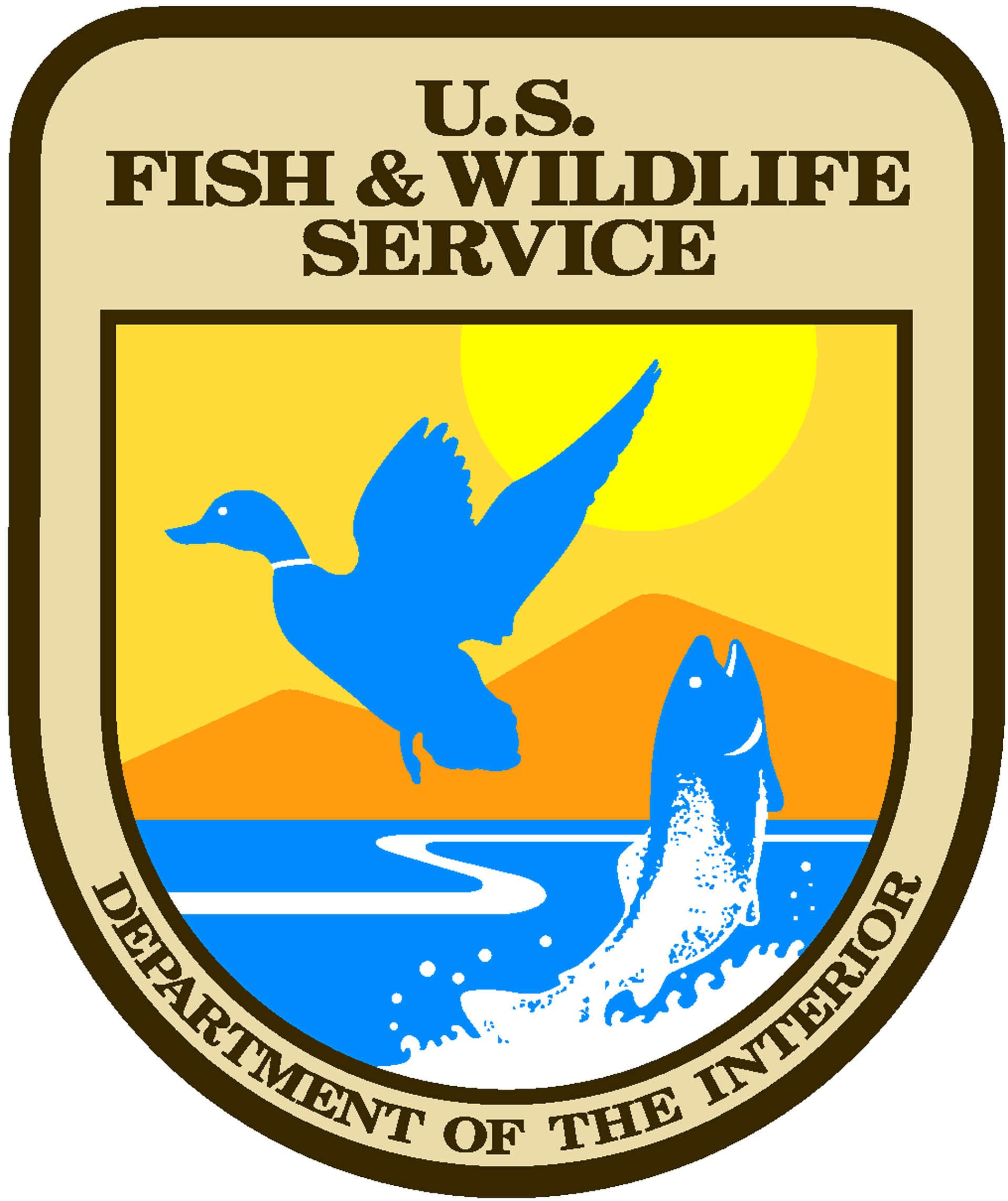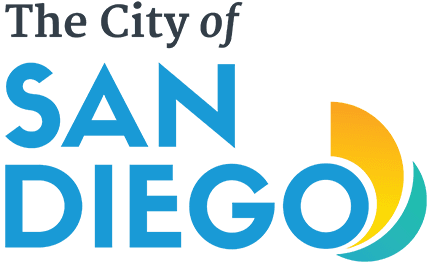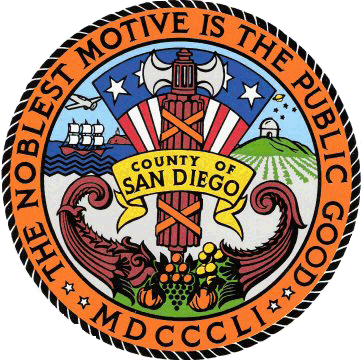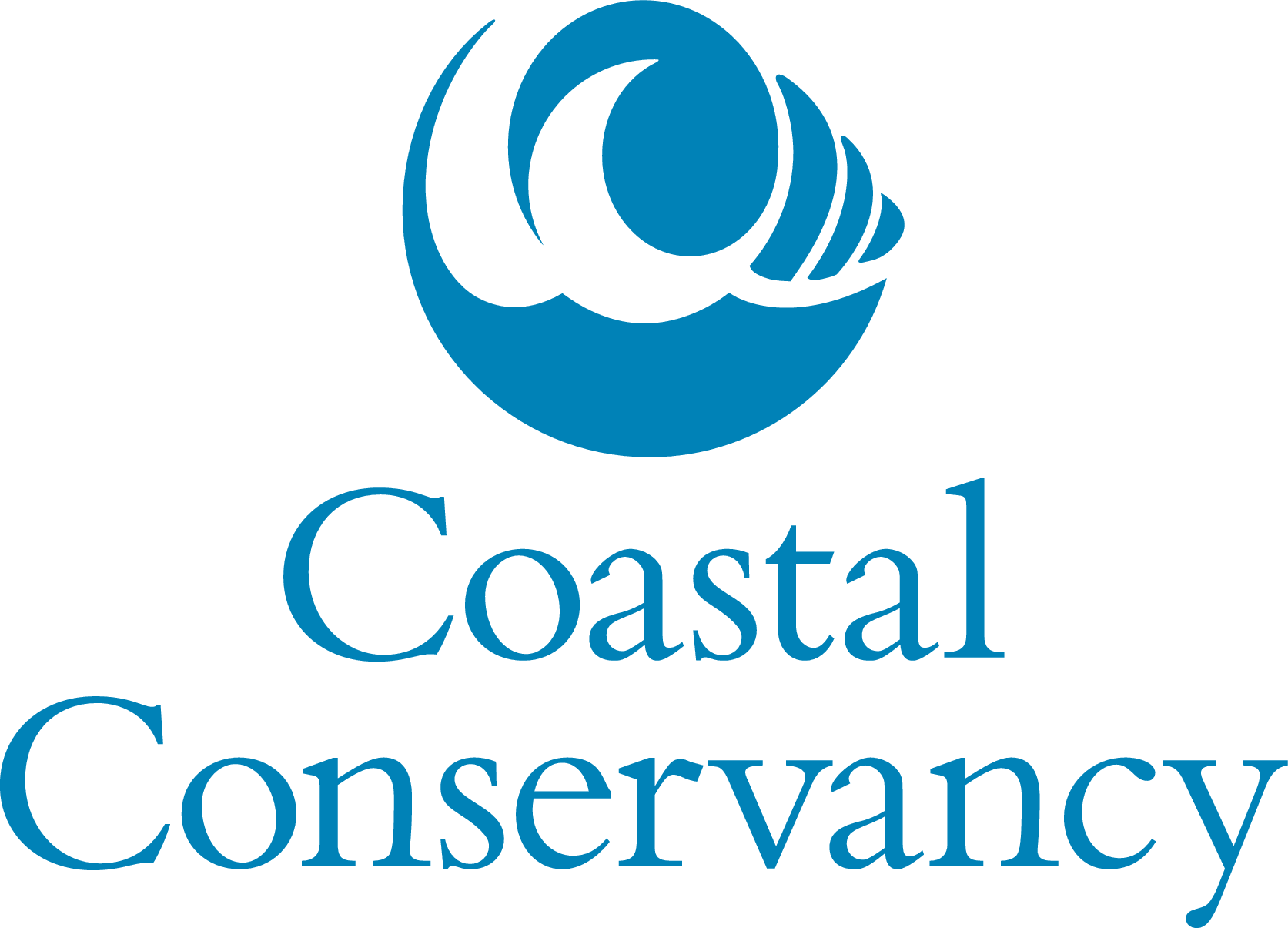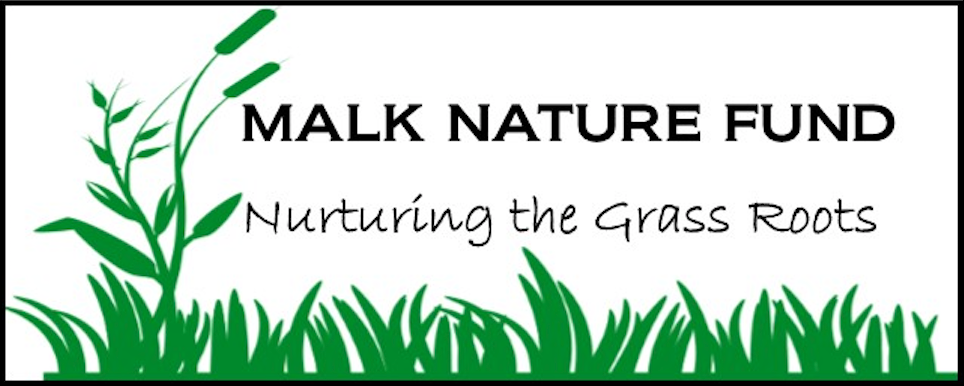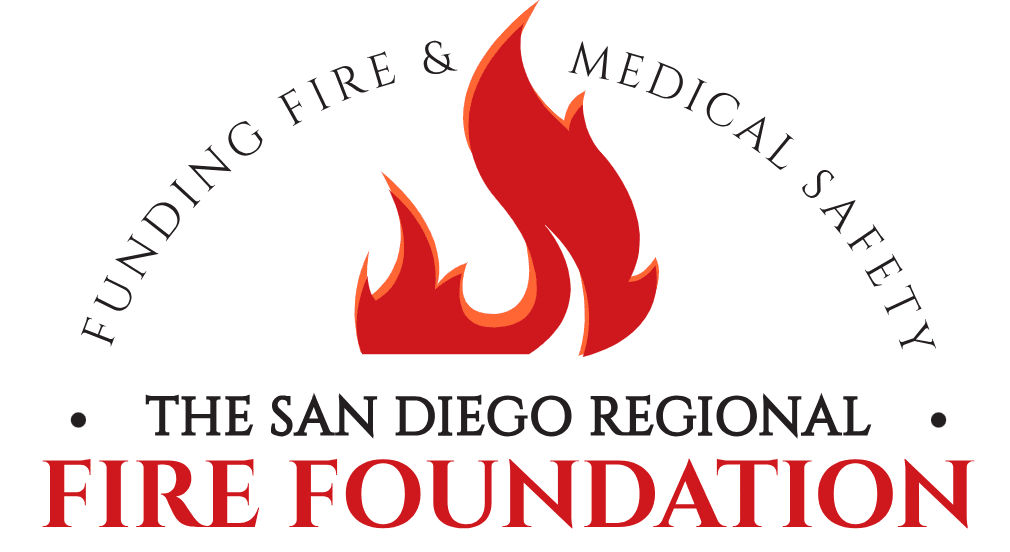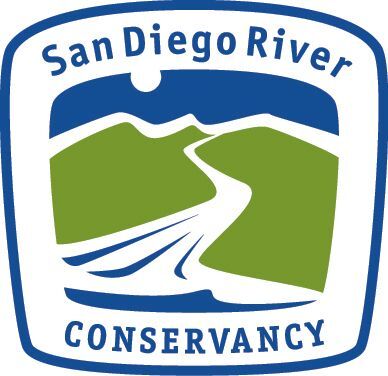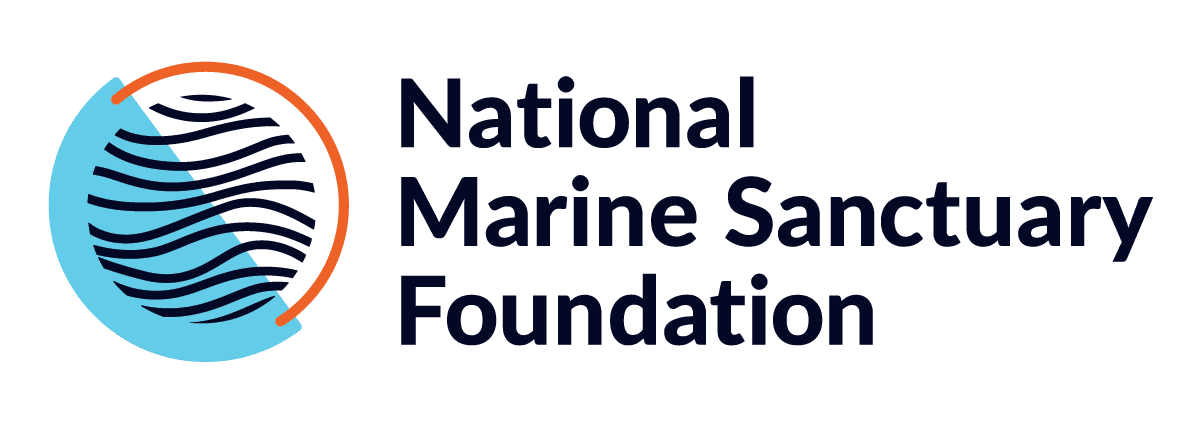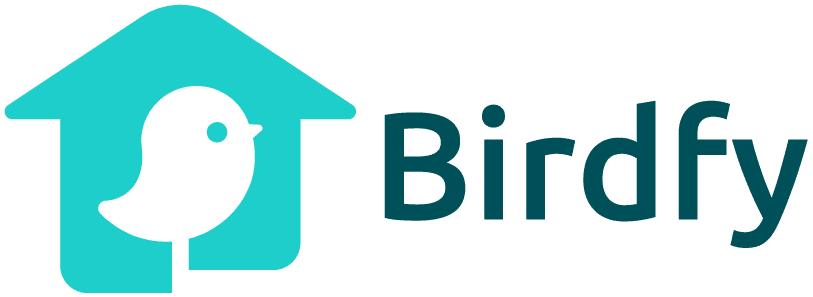
Blue-eyed Grass | Sisyrinchium bellum
Spanish: pasto des ojitos azules
‘Iipay Aa (Kumeyaay language): kuushaaw
In April 1964, San Diego City Council selected the carnation as the city flower. 61 years later, as we’ve learned about the importance of native plants for native wildlife and the actions that we can take to help reconnect the Native American first stewards to the lands and species they know, on Earth Day, April 22, 2025, City Council unanimously voted to adopt native
(Sisyrinchium bellum, pasto des ojitos azules, kuushaaw)
as the new, official city flower!!!
Three rounds of public voting, with over 7,750 votes, whittled down the eight native flower contenders, Black Sage, Bladderpod, Blue Elderberry, Bush Sunflower, California Buckwheat, California Rose and Cleveland Sage, to one final Corolla Champion. All the contenders were selected by a diverse stakeholder group based on environmental benefits, Kumeyaay cultural significance, drought resistance, status as a native species, existing conservation concerns, and artistic potential. The San Diego Bird Alliance website has more information about the Your City, Your Flower project and neat-o facts about each of these eight contenders.
This decision is rooted in the city’s commitment to upholding environmental stewardship, embracing new symbolism to reflect our evolving priorities. “We hope that this action, to designate Blue-eyed grass as the official city flower, is just the first in an effort to ensure our public parks and open spaces are full of native habitat that preserves biodiversity and increases our resilience to climate change,” said Savannah Stallings, Conservation Advocacy Coordinator for San Diego Bird Alliance. Thanks to the creative ambition of SDBA and a lot of guidance and help from the Office of Council President Joe LaCava, we have a beautiful new official city flower to embody San Diego’s commitment to preserving our unique natural landscapes.
Blue-eyed Grass is a perennial herb that flowers from January to July – after flowering, it goes dormant over the summer showing its drought-tolerant bona fides, and returns to flower again in the spring. It is also fire-resistant, acting as a barrier against wildfire spread. The plant is self-sowing, but can also be propagated through rhizome division or rooting from the stems. Blue-eyed grass supports many local birds and pollinators, including the Spring Azure Butterfly, various native bees, and Anna’s hummingbird.
“Kuushaaw is a beautiful plant that we see in wet meadows that we know well. It shows up in spring time, returns every year, and is an important connection that we have to the land that we have stewarded since time immemorial. It’s a fitting official flower for the City” said Laurie-Egan Hedley, Director of Barona Cultural Center and Museum. According to a Kumeyaay ethnobotanist and author, Delfina Cuero, kuushaaw is good for cramps and stomach ailments. This small but mighty flower serves as a reminder to honor the small yet powerful impact one can have on their environment.
Home to more endemic and endangered species than any other state in the US, our biodiversity hotspot warrants protection. San Diego City Council President, Joe LaCava, says that “The selection of a native city flower reminds us as San Diegans to be proud of our diverse ecological habitats and to promote and protect the Blue-eyed Grass and all other native species – now more than ever we must talk about habitat conservation, about resiliency, about the world we are leaving for our children and grandchildren.”
Conservation of Endangered Species
For the San Diego Bird Alliance, the selection of our new city flower is not an ending, but rather a point on a continuous timeline of efforts to improve our environmental stewardship. The decision to select a native flower demonstrates San Diego’s commitment to honoring the importance of protecting native species. As part of the city’s efforts, native plant restoration is a key element in enriching our delicate biodiversity, but is only one of the numerous steps towards greater habitat protections locally.
Nation-wide, protections for endangered species might be shifting for the worse. In April of this year, the Trump Administration proposed to revise the meaning of the word “harm” under the Endangered Species Act (ESA), a global landmark law enacted in 1973 to protect imperiled wildlife. Instead of protecting against harm, which includes habitat degradation, the new rule would only prevent "take" of individuals. This change has the potential to lead to greater habitat destruction, particularly when coupled with the rescinding of policies such as the Public Lands Rule, enacted to limit resource extractions across public lands. These initiatives pose the threat of greater logging, mining, oil drilling, and development within the habitats of endangered species – actions which are typically prevented due to the incredible protection of the ESA. The Endangered Species Act is one of the most incredible pieces of legislation to protect species and habitats, and if this were redefined, the resulting destruction would be irreversible. In the lead up to Endangered Species Day, May 16th, we want our community to support protecting the current ESA language. San Diego is home to over 200 imperiled plants and animals, all of whom rely on ESA protections to defend their remaining habitat.
The SDBA Conservation team actively protects endangered and threatened species and the habitats they rely on through restoration projects, conservation planning environmental advocacy projects, and community science programs to educate and engage the public on these efforts. The ReWild Mission Bay project, including its coalition of 96 community partners, is one such project, dedicated to restoring wetlands, preserving endangered species’ habitat for the Ridgway’s Rail, and reducing the effects of climate change. The SDBA also hosts Ternwatchers, a volunteer program dedicated to monitoring predators and safeguarding the nesting areas of the endangered California Least Tern in Mission Bay. More information about ways to volunteer for the SDBA can be found on the upcoming events page.
How can you get involved?
To contribute to our endangered species and native habitat restoration efforts, the San Diego Bird Alliance invites you to ask your neighbors, HOA, and park rangers to plant blue-eyed grass or any of your favorite native plants in your community. If you have access to a yard, plant them in your own yard and watch as local birds and pollinators become frequent visitors! If you’re interested in volunteering for local conservation efforts, some great opportunities include:
- Use your voice and speak up for the protection of endangered species and protecting our public lands.
- Become an SDBA Member: whether you make a yearly or monthly commitment, your generosity will protect birds, other wildlife, and their habitats here in San Diego
- ReWild Mission Bay project: volunteer, learn about your local wetlands, participate in wetland cleanups, or be an advocate for conservation efforts
- Become a Ternwatchers volunteer: Your contribution will support the nesting success by vigilantly watching over nests and recording disturbances observed in Mission Bay.
- Volunteer for the San Diego Coastkeeper, Surfrider, San Diego Canyonlands, Outdoor Outreach or any of our other great local organizations that lead beach cleanups, water quality testing programs, internships, and much more.
References
https://calscape.org/Sisyrinchium-bellum-(Blue-eyed-Grass)
https://www.nature.org/en-us/get-involved/how-to-help/places-we-protect/san-diego-county/

